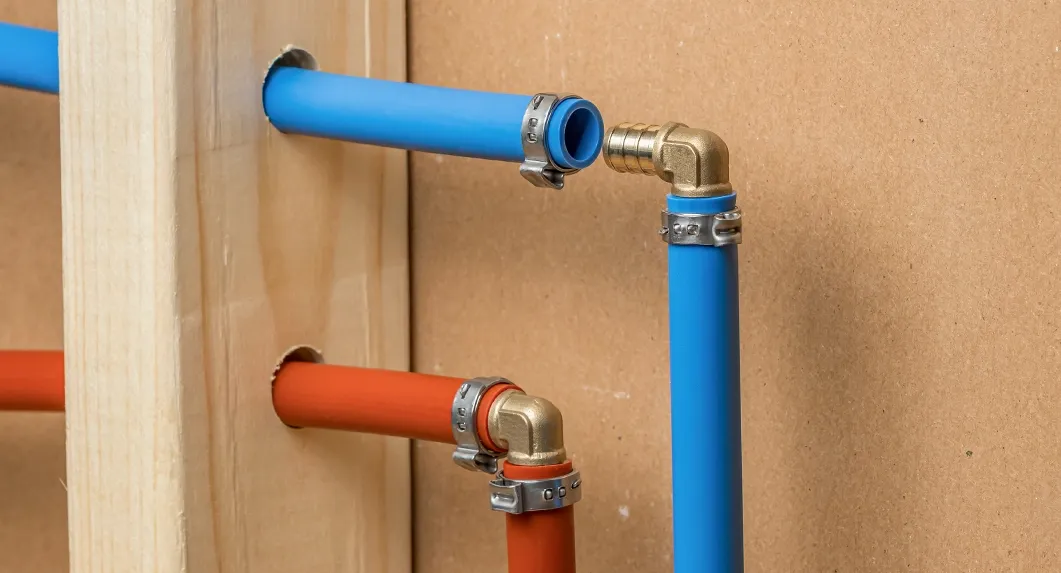PEX plumbing is a type of piping that is made from cross-linked polyethylene, a durable and flexible plastic material. PEX plumbing has gained popularity in recent years due to its ease of installation, durability, and versatility. In this article, we'll explore the history of PEX plumbing, its various uses, fittings, and compare it to CVPC.
What is PEX Plumbing?
PEX plumbing was first introduced in Europe in the 1970s and made its way to the United States in the 1980s. The first PEX plumbing systems were used primarily for radiant floor heating, but as the technology improved, it became a popular option for plumbing applications as well. PEX plumbing systems are now used in a wide range of residential and commercial applications, from water supply to radiant heating and cooling.
Uses for PEX
PEX plumbing is commonly used for residential and commercial plumbing applications, including hot and cold water supply lines, radiant floor heating, and snow melting systems. PEX plumbing is ideal for retrofitting existing plumbing systems and for new construction because it is easy to install and requires fewer fittings than traditional plumbing systems. PEX plumbing is also resistant to corrosion, making it a durable and long-lasting option for plumbing applications.
PEX Plumbing Fittings
PEX plumbing fittings are designed to connect PEX pipes and other types of plumbing components. There are several types of PEX plumbing fittings available, including crimp fittings, clamp fittings, and push-fit fittings. Crimp fittings are the most common type of PEX plumbing fitting and are used with a crimping tool to secure the PEX pipe to the fitting. Clamp fittings use a metal ring to secure the PEX pipe to the fitting, while push-fit fittings require no special tools and can be installed by hand.
Is PEX Plumbing Bad?
There has been some concern over the safety of PEX plumbing due to the possibility of leaching chemicals into the water supply. However, PEX plumbing is considered safe for drinking water and has been approved for use by various organizations, including the National Sanitation Foundation (NSF) and the Environmental Protection Agency (EPA). PEX plumbing is also less prone to leaks and freeze damage than other types of plumbing systems, making it a reliable and long-lasting option for plumbing applications.
PEX vs CVPC
PEX plumbing and CVPC (chlorinated polyvinyl chloride) are two of the most common types of plumbing systems used in residential and commercial applications. While both have their advantages and disadvantages, PEX plumbing is often the preferred option due to its ease of installation, durability, and flexibility. PEX plumbing is also less prone to leaks and freeze damage than CVPC, making it a reliable and cost-effective option for plumbing applications.
In conclusion, PEX plumbing is a versatile and reliable option for residential and commercial plumbing applications. It is easy to install, durable, and long-lasting, making it an excellent choice for new construction and retrofitting existing plumbing systems. While there has been some concern over its safety, PEX plumbing is considered safe for drinking water and has been approved for use by various organizations. When compared to CVPC, PEX plumbing often comes out on top due to its superior durability, flexibility, and ease of installation.

